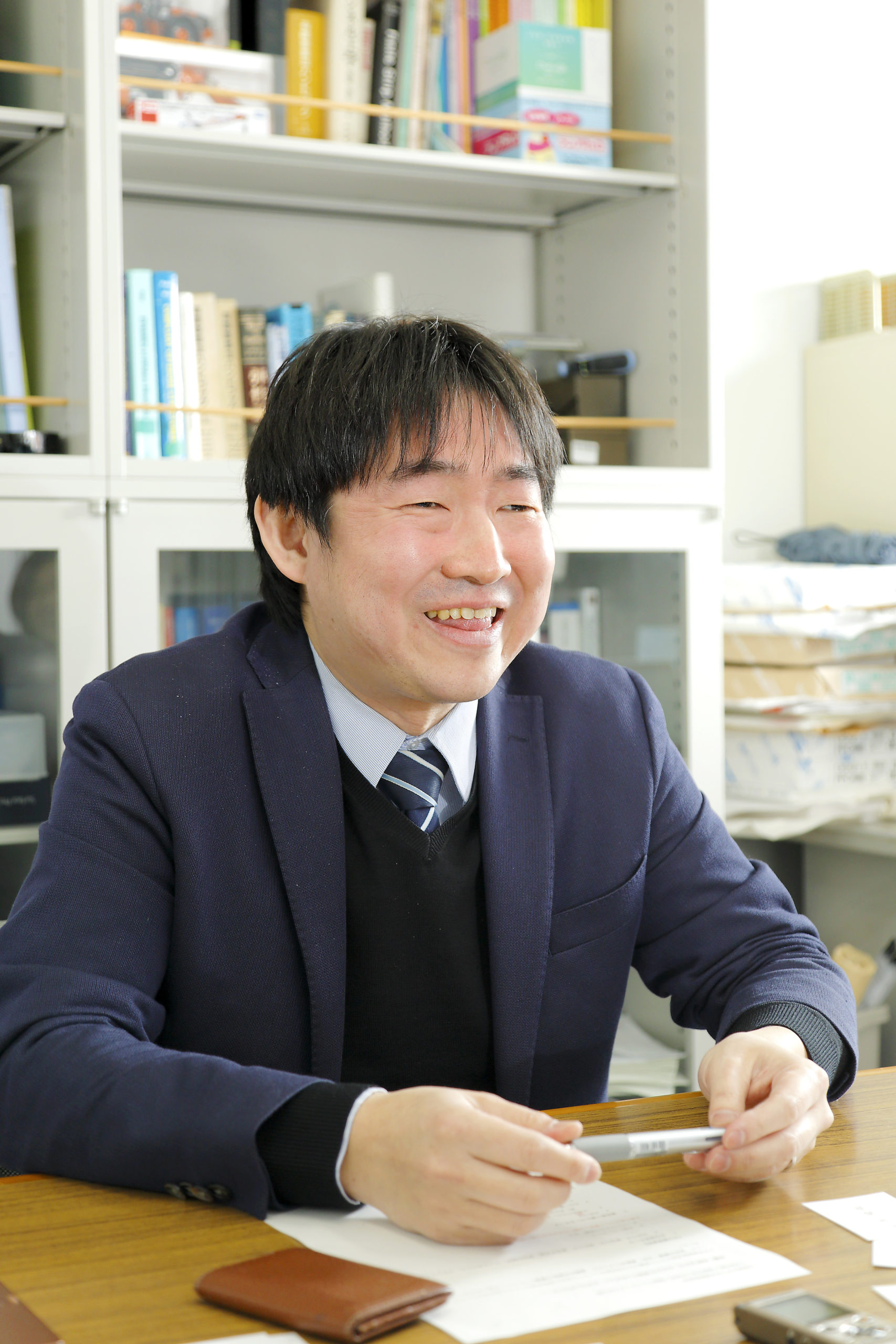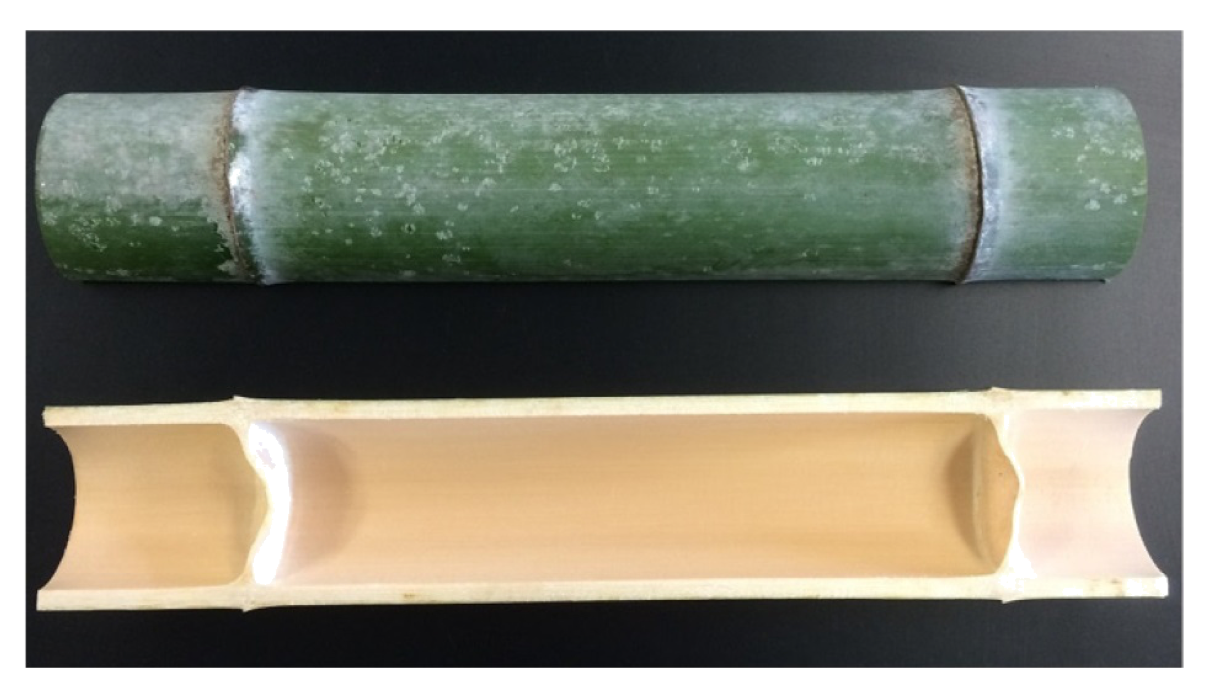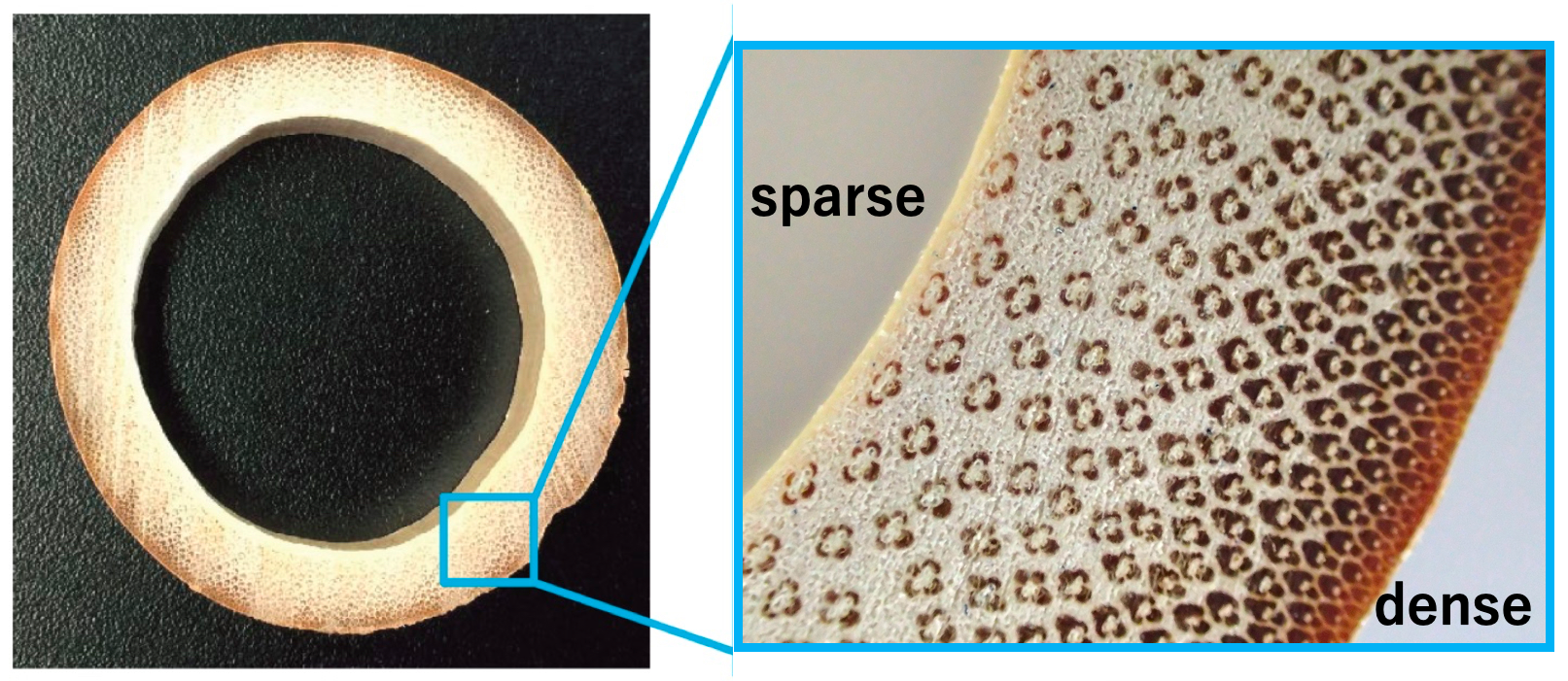Previously had been drawn into hollow structures like tunnels and carbon nanotubes, Professor Sato has started to be charmed by natural cylinders such as bamboo and is more motivated than ever to unearth nature's still hidden potentials that may yield excellent designs.
Mechanical theory suggests relatively low stability on hollow cylindrical shapes and structures in facing external force, yet, bamboo is largely known for its durability and lightness that it has taken part in Japanese daily lives from a long time ago. Professor Motohiro Sato of Faculty of Engineering takes a novel turn on investigating the plant's survival mechanism.
"Theoretically speaking, mechanical perspective deems hollow and light objects such as bamboo having higher risk of getting crushed or bent under external pressure," said the researcher.Continuing his long-time interest on hollow objects since student days, Professor Sato discovered how length variation of spaces between the nodes of a single bamboo contributes to the rigidity.
"When we tried to take into account the trunk's girth and thickness, it had just come to our realization that there are more nodes around parts with higher potential of receiving force," Professor Sato elaborated on this finding. Larger intervals in-between nodes appear to dominate the middle part in contrast to those around the root and tip.
Not limited to the internodal spaces, microscopic probe led to another angle of discovery. Extremely thin, yet sturdy fiber of bamboo called vascular bundle are embedded longitudinally. Apart from pumping up water and nutrients from root, these fibers also serve as the plant's body support.
"Looking at the bamboo's cross section, we observed how the vascular bundles are more accumulated towards the bamboo's outer side. If we compare the data according to the theoretical calculation, regardless of the cross-section, the level of vascular bundle distribution is always parallel to its required resistance level to bending force," explained the researcher. This is the first theoretical explanation of bamboo's rigidity and strength by taking the spaces in-between the nodes and the vascular bundle distribution into the estimation.
Even after concluding this study, Professor Sato has grown further interest to establish more interdisciplinary collaborations, such as with agriculture, physics, or chemistry, to contribute to the plant studies by exploring the development of bamboo's structure and its potential. All the same, he observes how other natural objects still hide many similar outstanding functions.
Originally published in Japanese
Rearranged by Aprilia Agatha Gunawan









